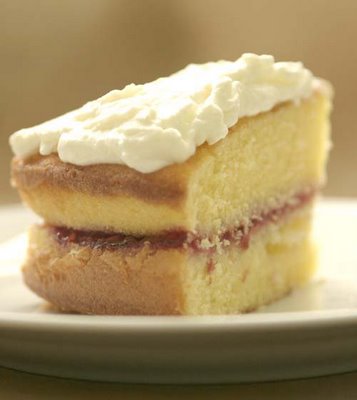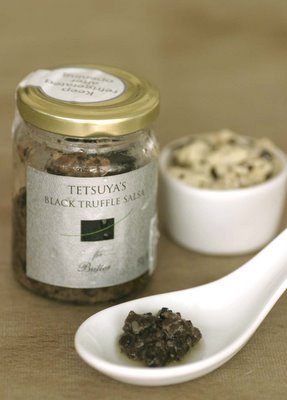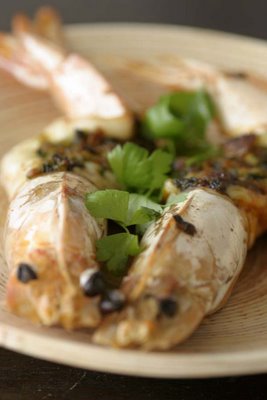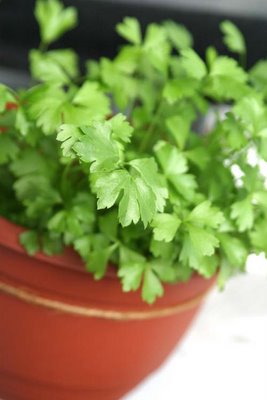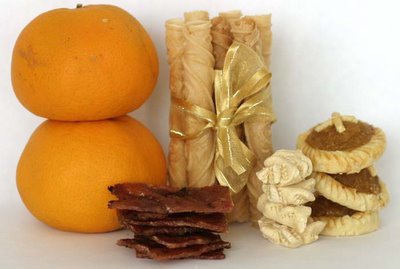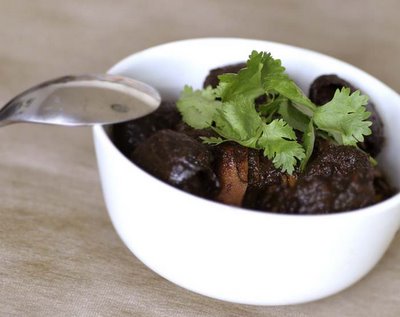Post and EaT Everything WeekEnd Lame LeftoverS
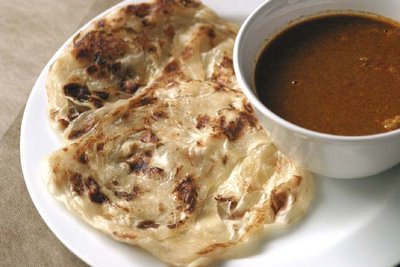
This seemed like a timely post given the whole Pete Wells shananigan. While people have things like strawberries, a carrot or two, and crusty bread as leftovers, I have things like a whole container of chicken curry or the remains of some lunch dish from several days past. Straggler ingredients like the odd handful of spinach, a sole tomato, or two sticks of celery usually find their way into the dog's bowl at dinner. Either that, or they get made into some sort of cake over the weekend. Like my oven, my fridge is pretty small for one with such a huge appetite as mine, so I try as much to purge it of ingredients that will probably spawn moldy children or go limp.
Over the weekend, I rummaged through the freezer to find a Tupperware of chicken curry from several weeks ago. I figured now was as good a time as any to indulge in one of my all-time childhood favourites: Prata and curry. The prata goes by many names—the Malaysians call it Canai, some Indians refer to it as Paratha, and I've heard some Caucasian friends call it Roti (Malay for 'bread', go figure). Whatever name it goes by, the perfect prata should be flaky and crispy on the outside and soft and slightly stretchy on the inside (the result of lots of ghee and a very hot griddle). Like the doner kebab in the UK, the prata is the unofficial late-night food of Singapore, not least because most prata stalls are open 24 hours. It's also typical breakfast food, dunked in a spicy dahl-char (dahl curry) and accompanied by a steaming cup of teh-tarik. Heaven.
Strangely enough, I had to drive to three different places to finally get my hands on some prata that day. The first stall I drove to at Frankel had closed down; the second one, no doubt gaining from the other stall owner's loss, was so crowded I couldn't find a parking space; and the third had sold his last prata mere minutes before I arrived. Thankfully, not far away from that last stall, I found joy.
The chicken curry I had it with was made Peranakan/Eurasian style—with very little or no coconut milk and a few green chillies broken into it at the end. I've posted the recipe here.
I know I'm early, but the Post and EaT Everything WeekEnd Lame LeftoverS (PETE WELLS) event hosted by Tomatom kicks off on 13 March.
